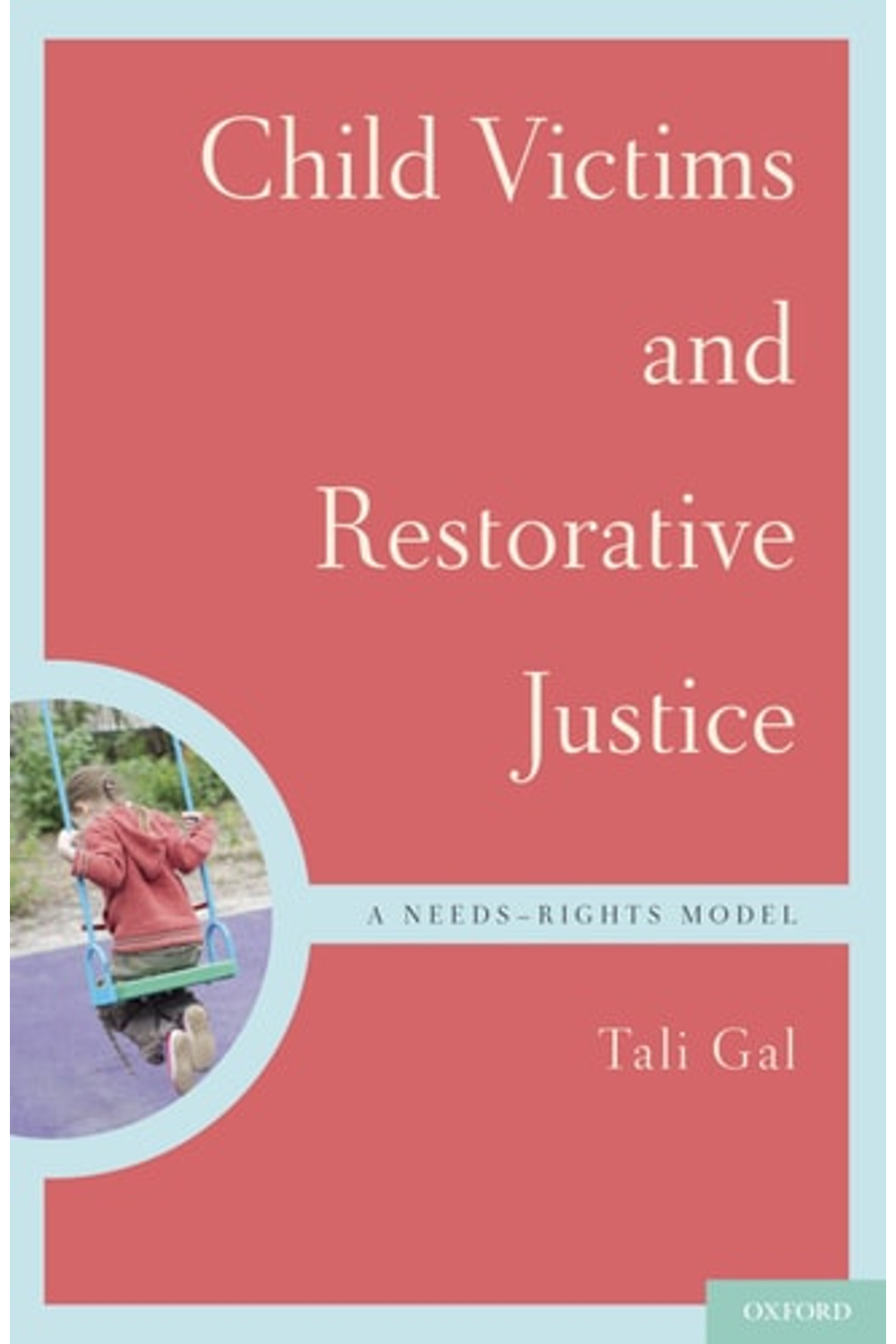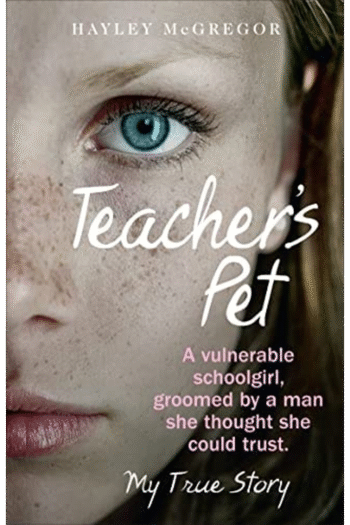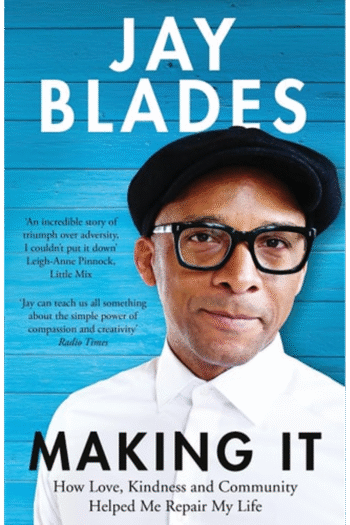**Empowering Child Victims: A Restorative Justice Approach** “Child Victims and Restorative Justice: A Needs-Rights Model” by Tali Gal offers a transformative perspective on how the legal system interacts with child victims of crime. Going beyond traditional protective measures that often re-traumatize children, Gal presents a compelling argument for a restorative justice framework centered on the child’s needs and rights. This isn’t simply about punishment; it’s about healing, empowerment, and giving children a voice in the aftermath of victimization. Gal’s innovative model addresses the critical gap in current practices, which often treat children as objects of protection rather than active participants in the justice process. The book meticulously outlines how a restorative approach, focused on repairing harm and rebuilding relationships, can better serve young victims. It highlights the importance of allowing children to share their experiences, ask questions, and regain a sense of control. The book delves into various cases and restorative justice programs, offering insights into the practical application of this needs-rights model. It’s a call to action for practitioners, policymakers, and researchers seeking a more humane and effective response to crimes against children. If you are interested in social work, social sciences, public affairs and policy or law this book is a must have! Discover how to create a system that truly protects and empowers our most vulnerable population.
Child Victims and Restorative Justice: A Needs-Rights Model (Interpersonal Violence)
19,48 $
In stock
Children are the group most likely to be victimized yet least likely to report the crimes against them. Because of their unique vulnerability, an elaborate set of protections tries to secure their safety at home, in school, and in the community, yet they often experience further trauma inside the very criminal justice system designed to punish those who harm them. Such a system can leave child victims without emotional healing and a sense of justice because it does not consider the full scope of their wishes, interests, and rights. This failure can be attributed to the system’s tendency to view children as objects of protection instead of legitimate rights-holders.
Here, using a nuanced, multi-dimensional theory of children’s interrelated rights and needs vis a vis victimization, Tali Gal presents an innovative restorative justice model for repairing harms and rebuilding relationships in the wake of crimes against children. It validates empirically documented children’s needs–such as telling their stories, asking questions, and a sense of autonomy and control over the proceedings–and holds their associated and often-overlooked rights–such as rehabilitation and their overarching best interests-paramount. The rich theoretical underpinnings of the book are vividly illustrated by examples of successful restorative justice programs involving children (including the highly controversial inclusion of child victims of sexual assault). In addition, a set of eight heuristics provides a convenient reference for restorative justice programs to ensure that they safeguard the full range of child victims’ needs and rights at all times.
With its unique human-rights perspective on the study of childhood victimization and an innovative, child-inclusive restorative justice model, this book promises to be a touchstone for practitioners, policymakers, and researchers concerned with children’s well-being in the aftermath of crime and violence.
Related products
Teacher’s Pet
23,87 $
- Additional information
- Currencies
- USD – United States dollar
- EUR – Euro
- GBP – Pound sterling
- CNY – Chinese yuan
- BRL – Brazilian real
- MXN – Mexican peso
- JPY – Japanese yen
- PHP – Philippine peso
- THB – Thai baht
- PLN – Polish złoty
- CAD – Canadian dollar
- MYR – Malaysian ringgit
- AUD – Australian dollar
- TWD – New Taiwan dollar
- CZK – Czech koruna
- SEK – Swedish krona
- HUF – Hungarian forint
- ILS – Israeli new shekel
- CHF – Swiss franc
- HKD – Hong Kong dollar
- DKK – Danish krone
- SGD – Singapore dollar
- NOK – Norwegian krone
- NZD – New Zealand dollar





